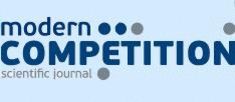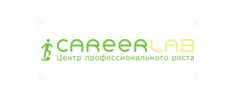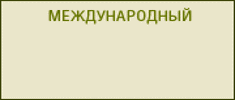Authors
Kiselyova Nadezhda N.
|
Degree
|
Dr. Sci. (Chem.), Leading Researcher, Laboratory of Semiconducting Materials, A. A. Baikov Institute of Metallurgy and Materials Sciences of RAS |
|---|---|
|
E-mail
|
kis@imet.ac.ru |
|
Location
|
Moscow, Russia |
|
Articles
|
Scalable research data management system with user-defined typesThe MatInf research data management system has been developed to support teams of researchers working with large volumes of data from high-throughput experiments in the field of inorganic materials science. One of the key features of the system is its architecture, which provides full support for user-defined data types specified after deployment. This is achieved through flexible system configuration, late binding of data types to web services and integration of data validation, extraction and visualization mechanisms. As part of the work, a detailed analysis of the requirements for RDMS was carried out, which allowed the formation of the main functional principles of the system, including support for data on chemical compounds, flexible object typing, access delimitation and management of relationships between data. The developed structure of the relational database implements the information storage model with the possibility of creating new types of objects related to the subject area. Additional use of links between objects (graph structure) allows to manage effectively the relationships between experimental results, materials and methods of their synthesis. To ensure flexibility and extensibility, the system supports integration with external API services to integrate user-defined data formats and provides API access to data, providing opportunities for integration with other systems such as machine learning tools. RDMS is developed on the basis of ASP.Net Core and relational DBMS Microsoft SQL Server, which guarantees its reliability, performance and scalability. Examples of using the system to accumulate experimental data, document experiments and improve the reproducibility of research are presented. The open architecture and free distribution of the system make it a fairly universal tool for digitalization of research in the field of inorganic materials science, allowing the platform to be adapted to various tasks, including support for new data types and integration with external analytical tools. The development novelty lies in the absence of freely available alternative solutions capable of maintaining typed storage of materials science data (and thus search by quantitative composition of material), support extensible used-defined types system and integration with arbitrary formats of research documents without changing the system core. Read more... |



